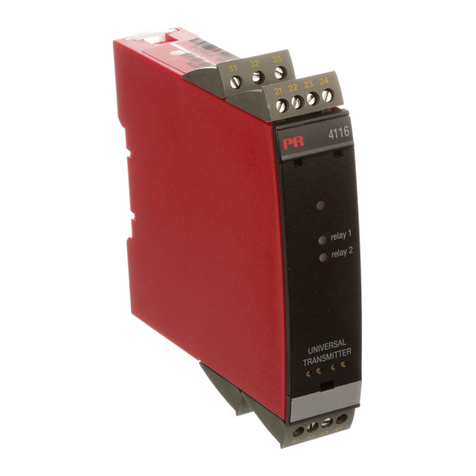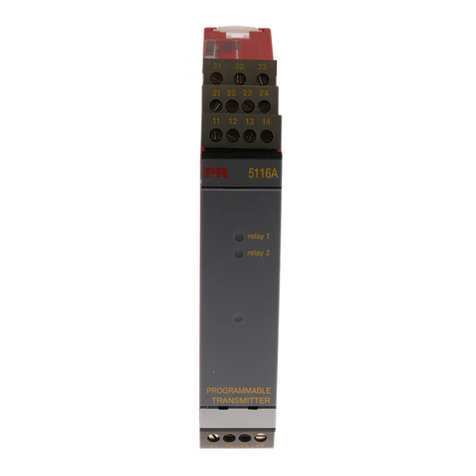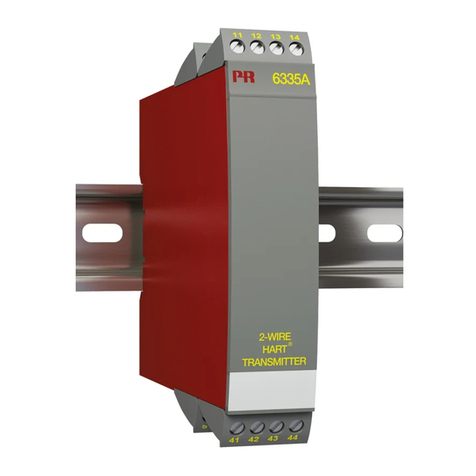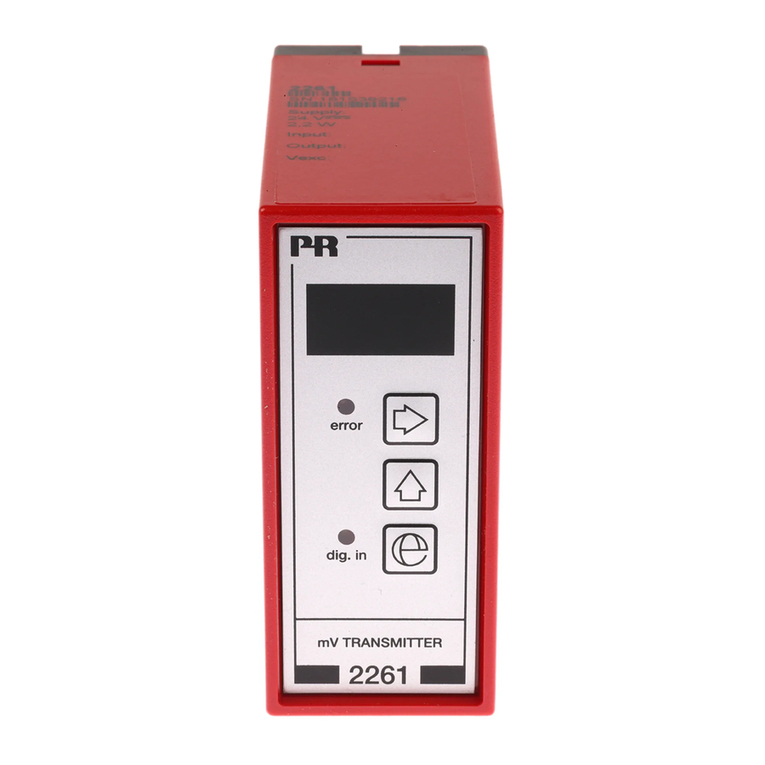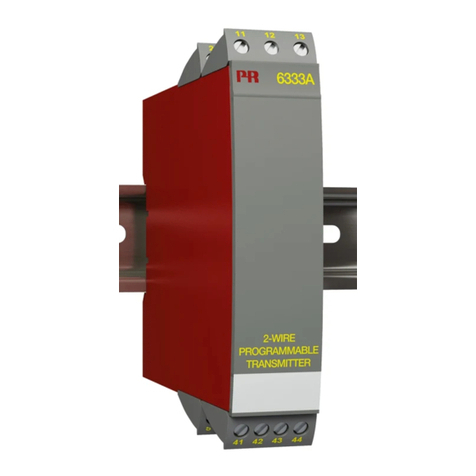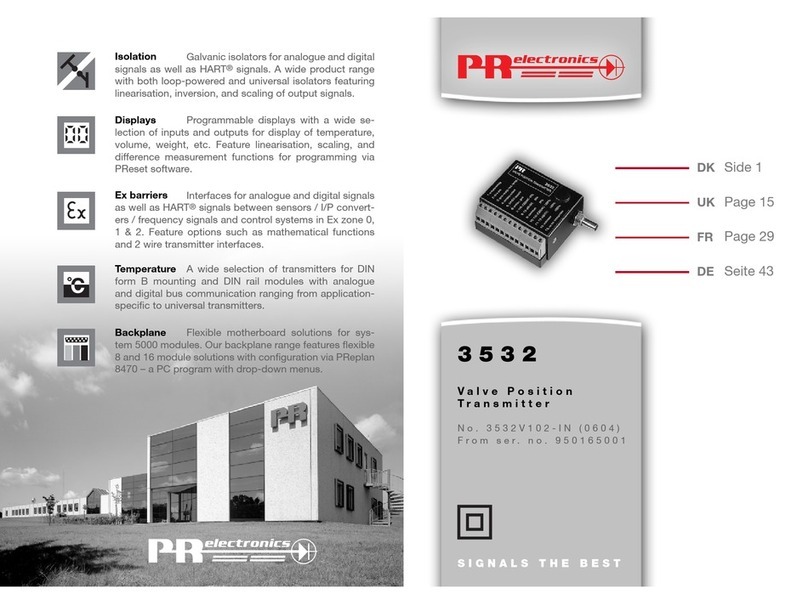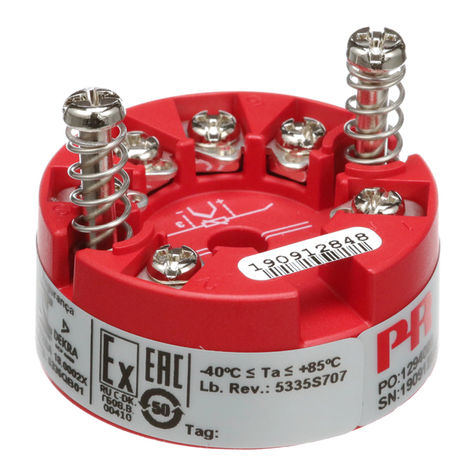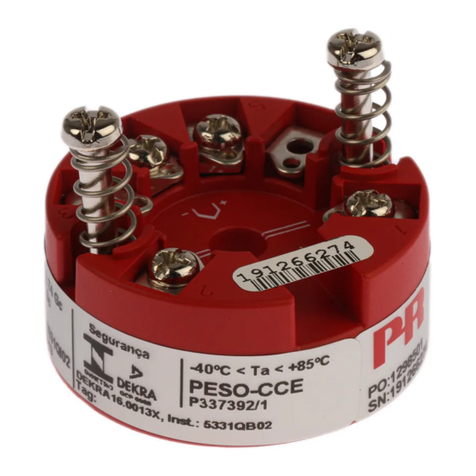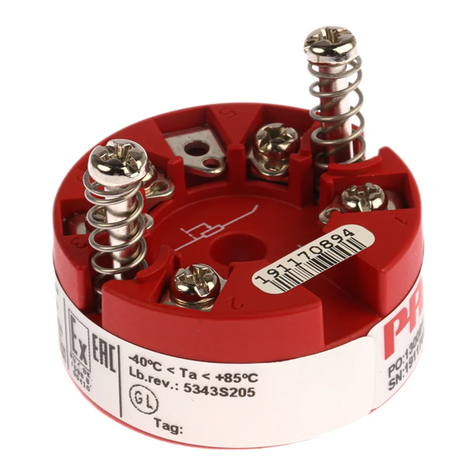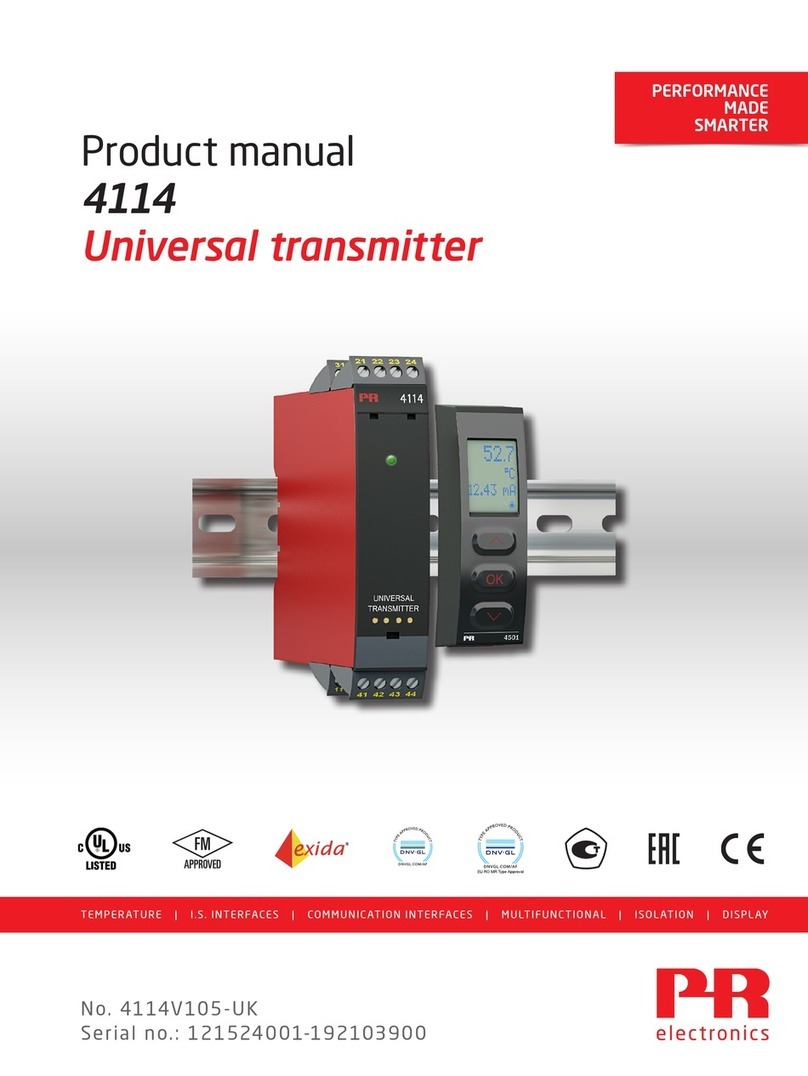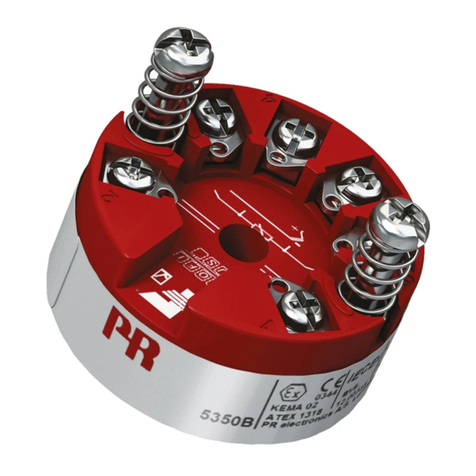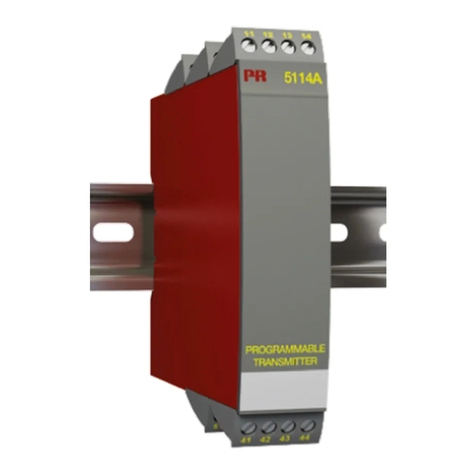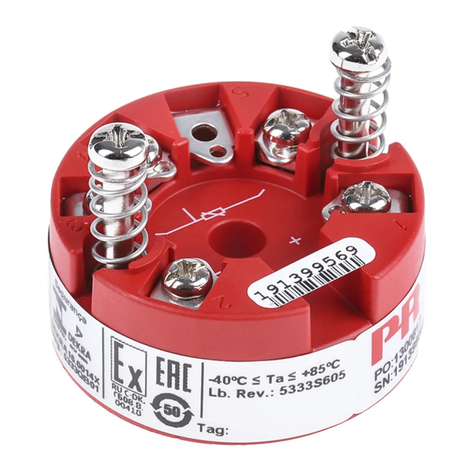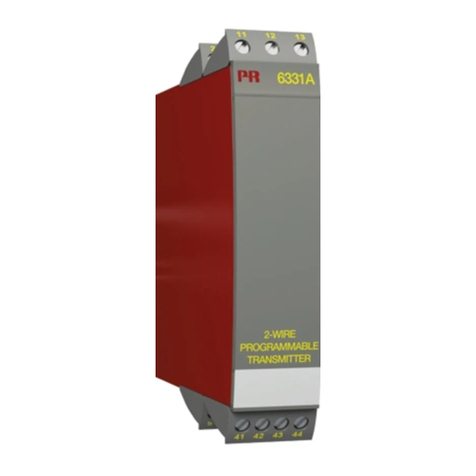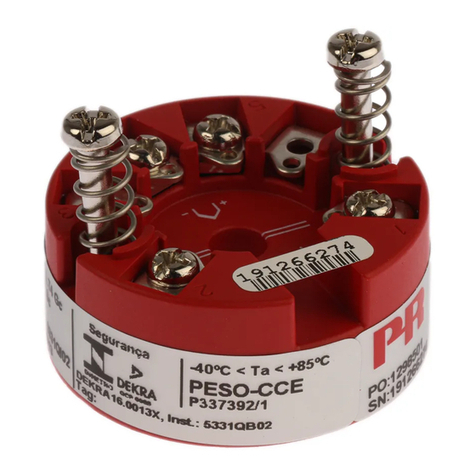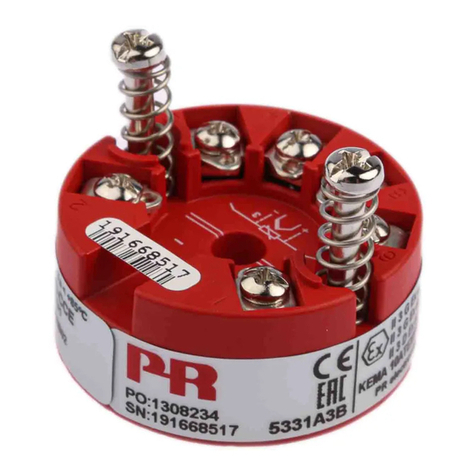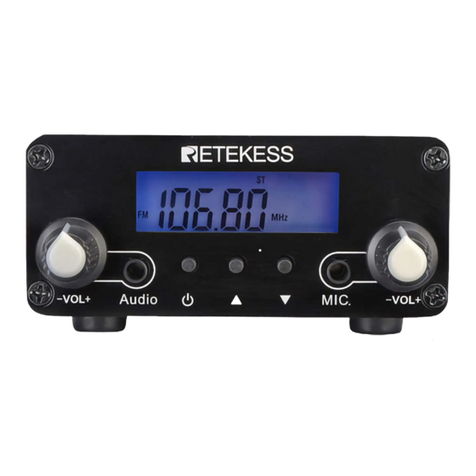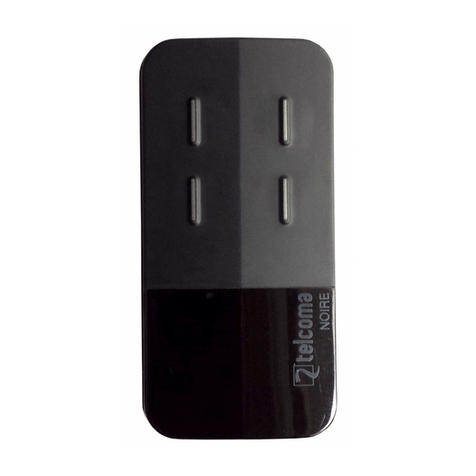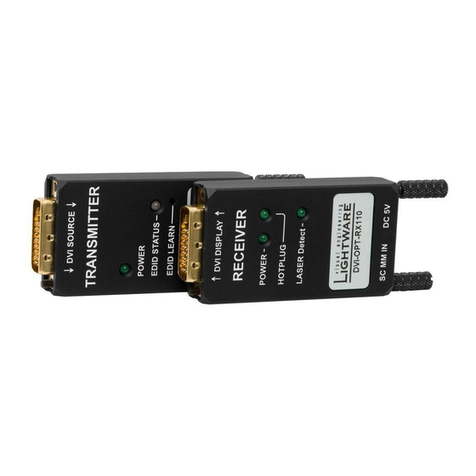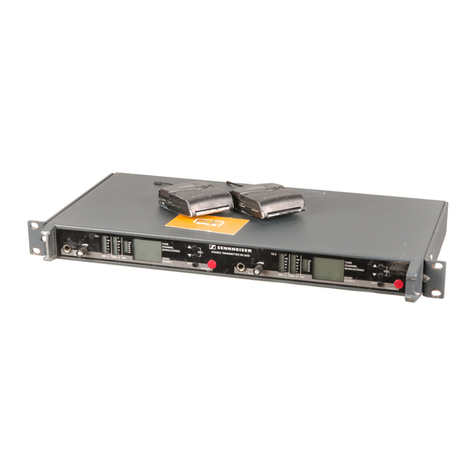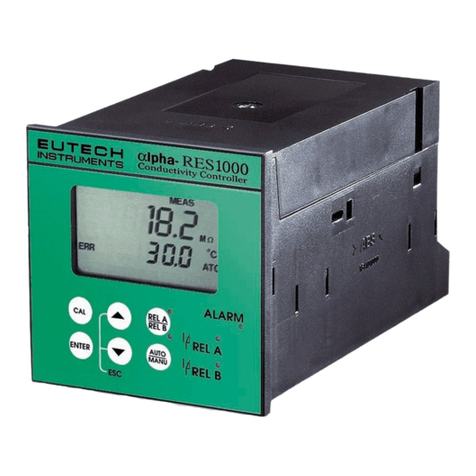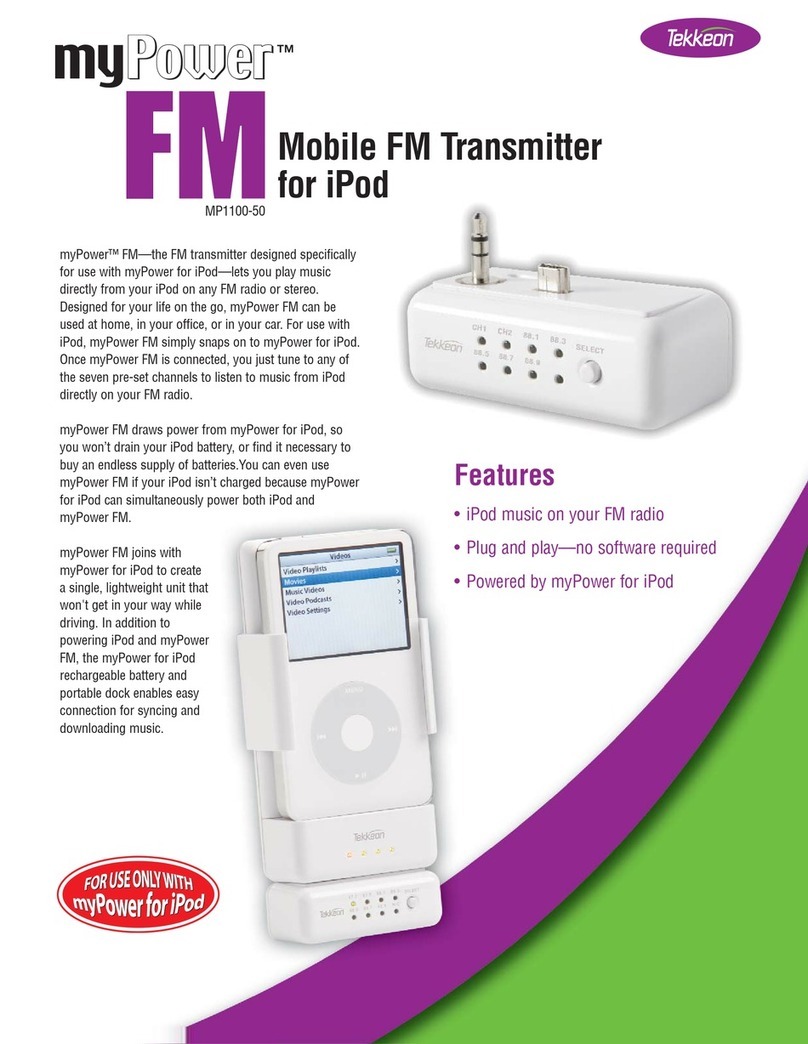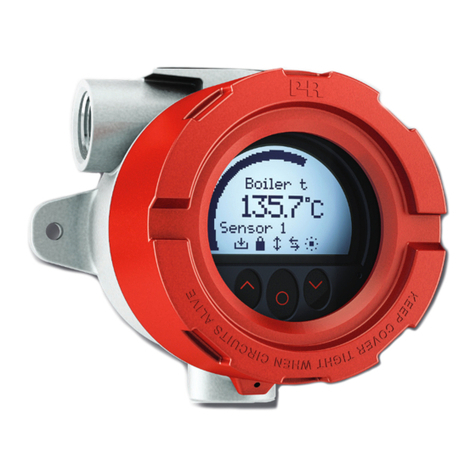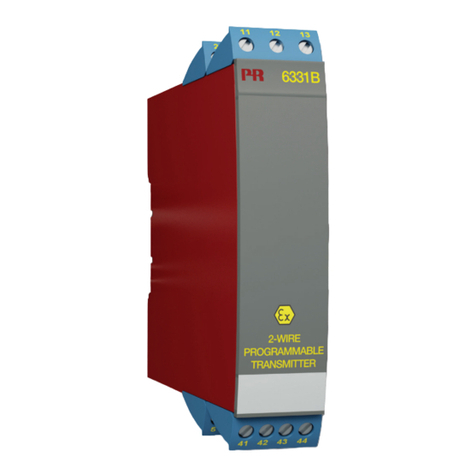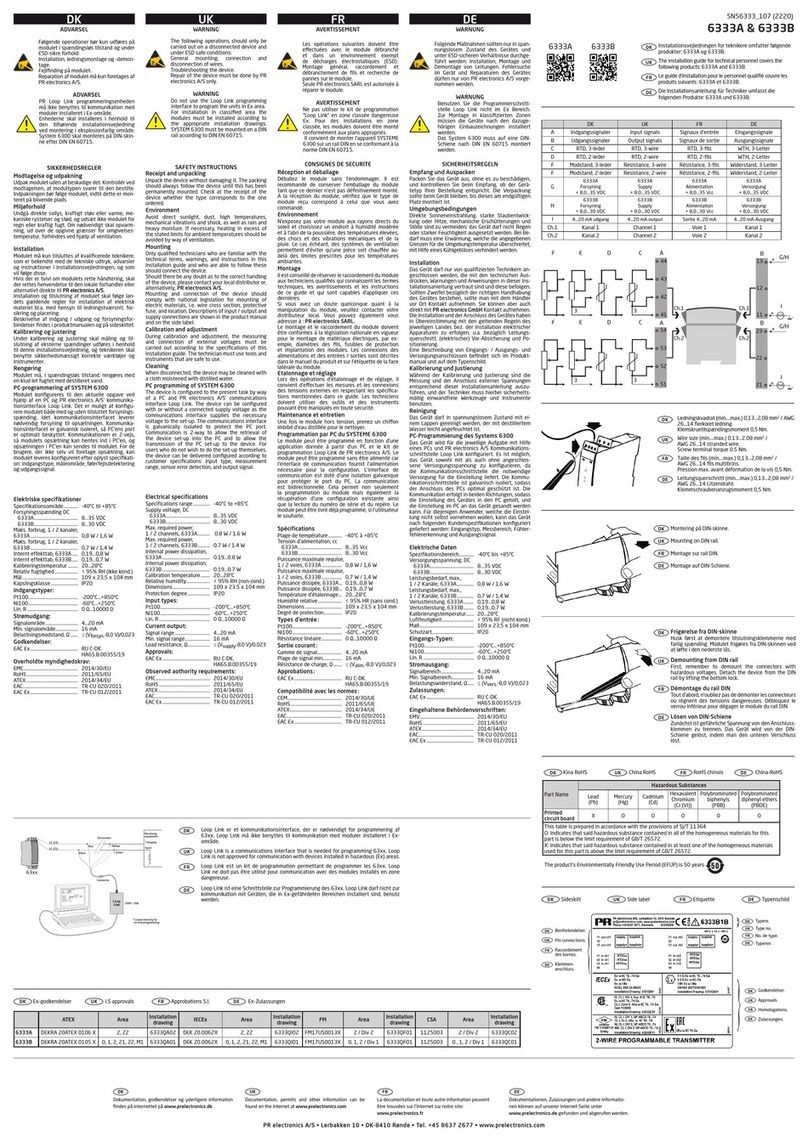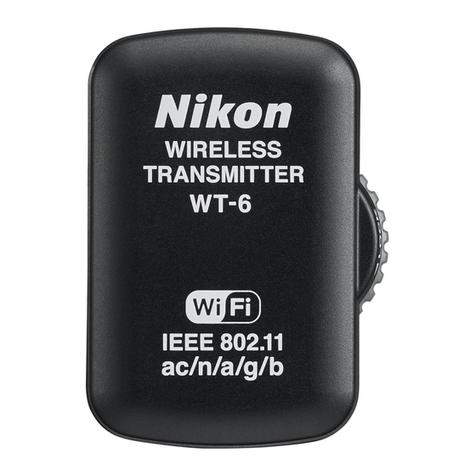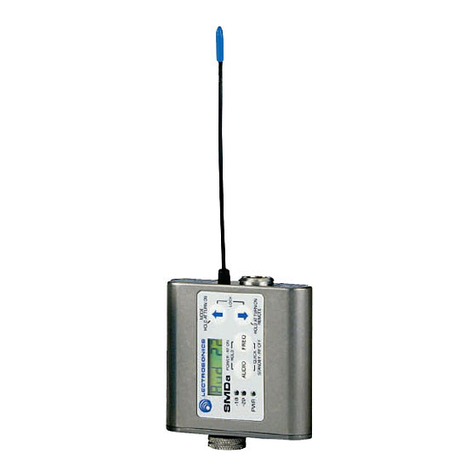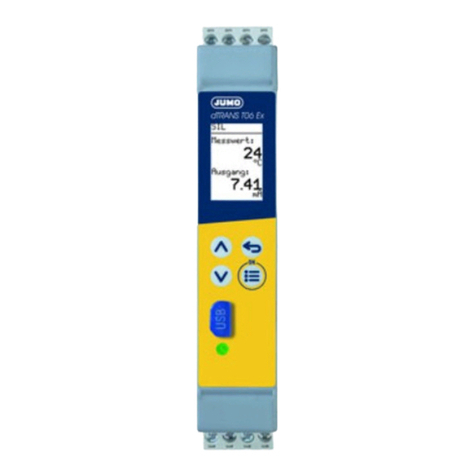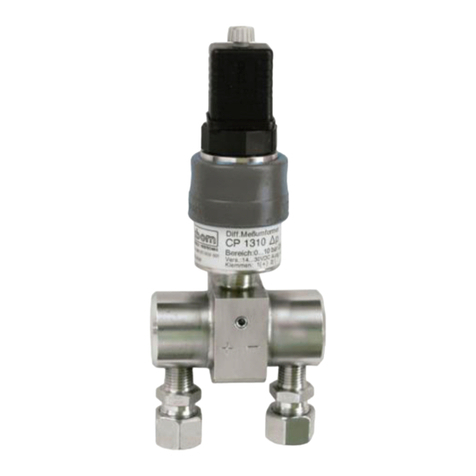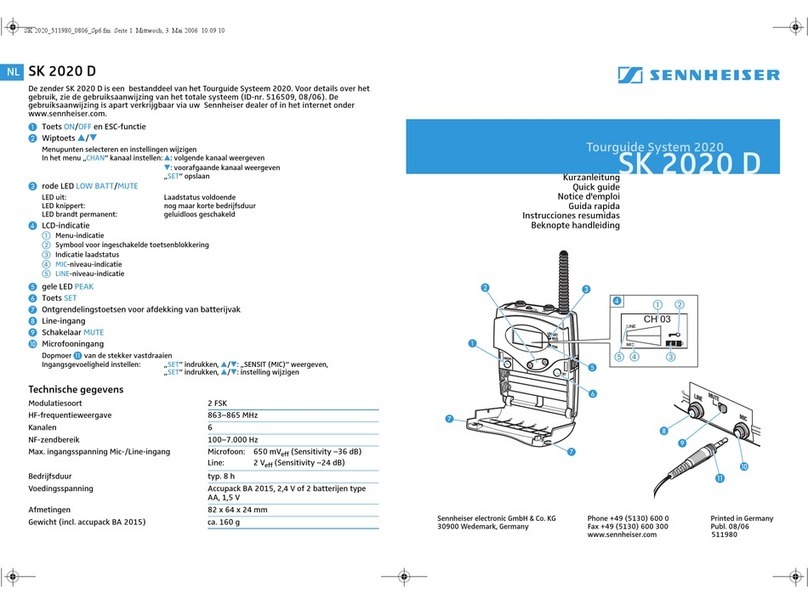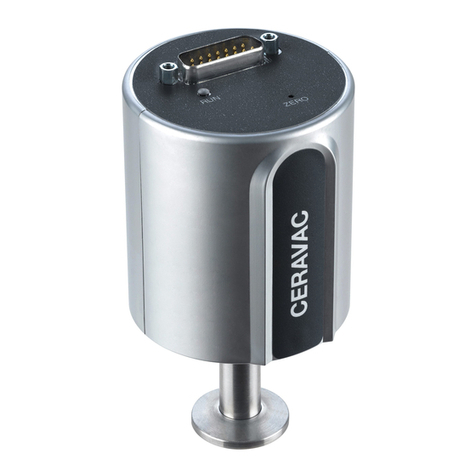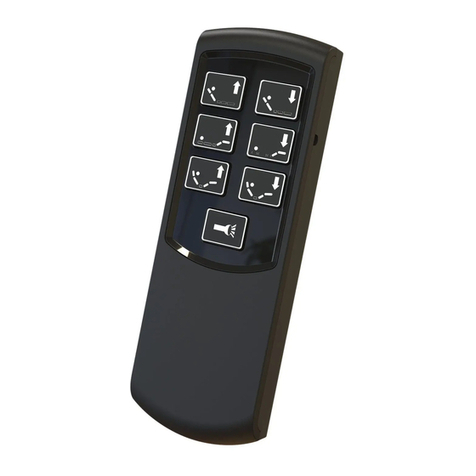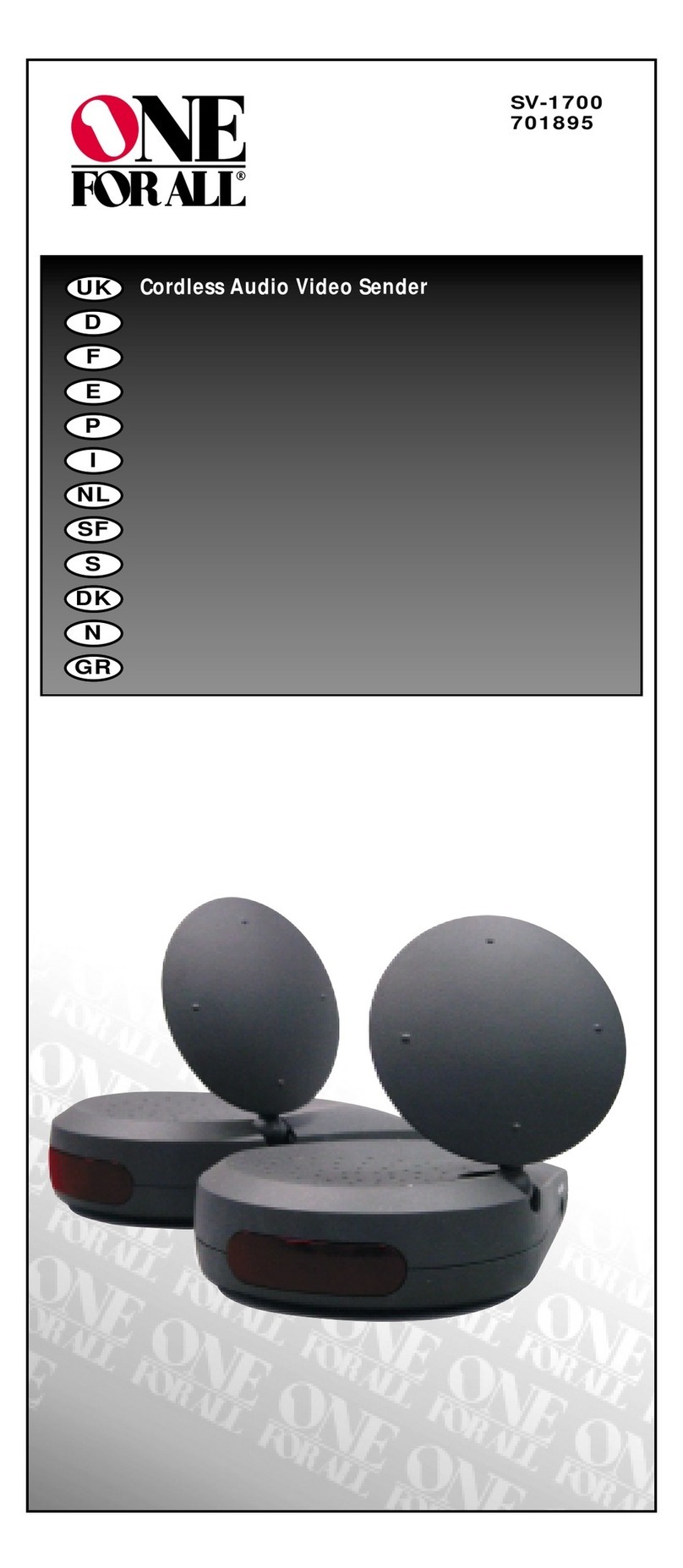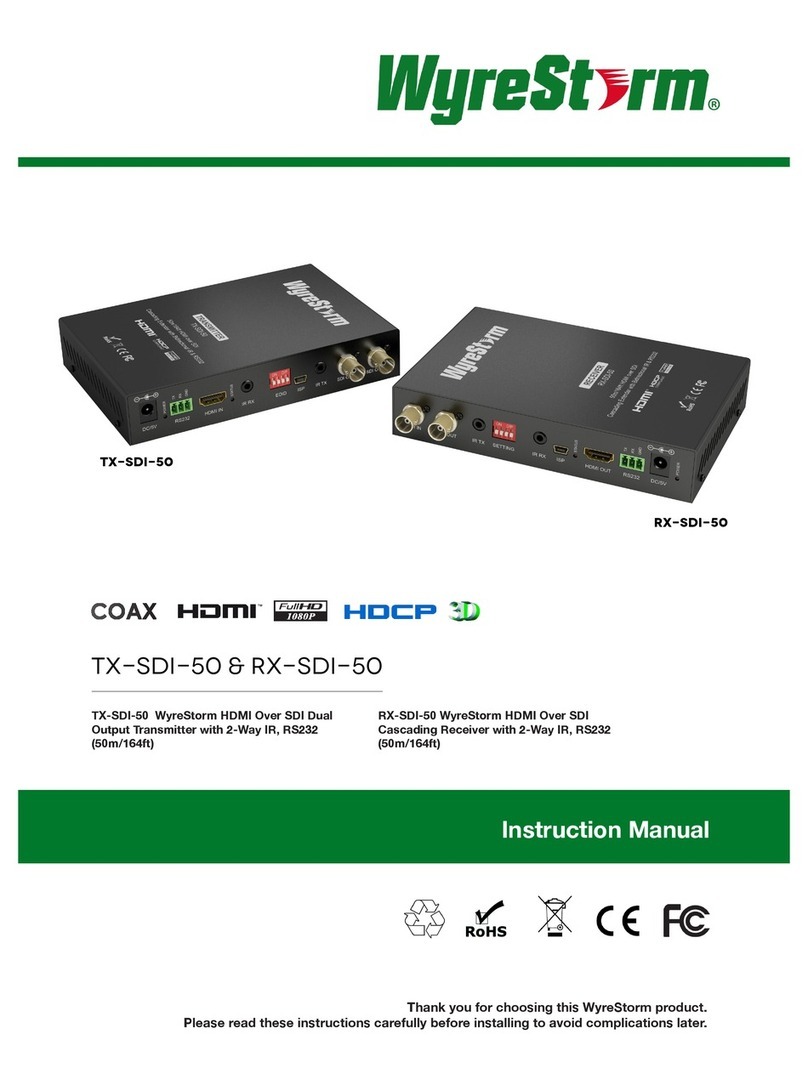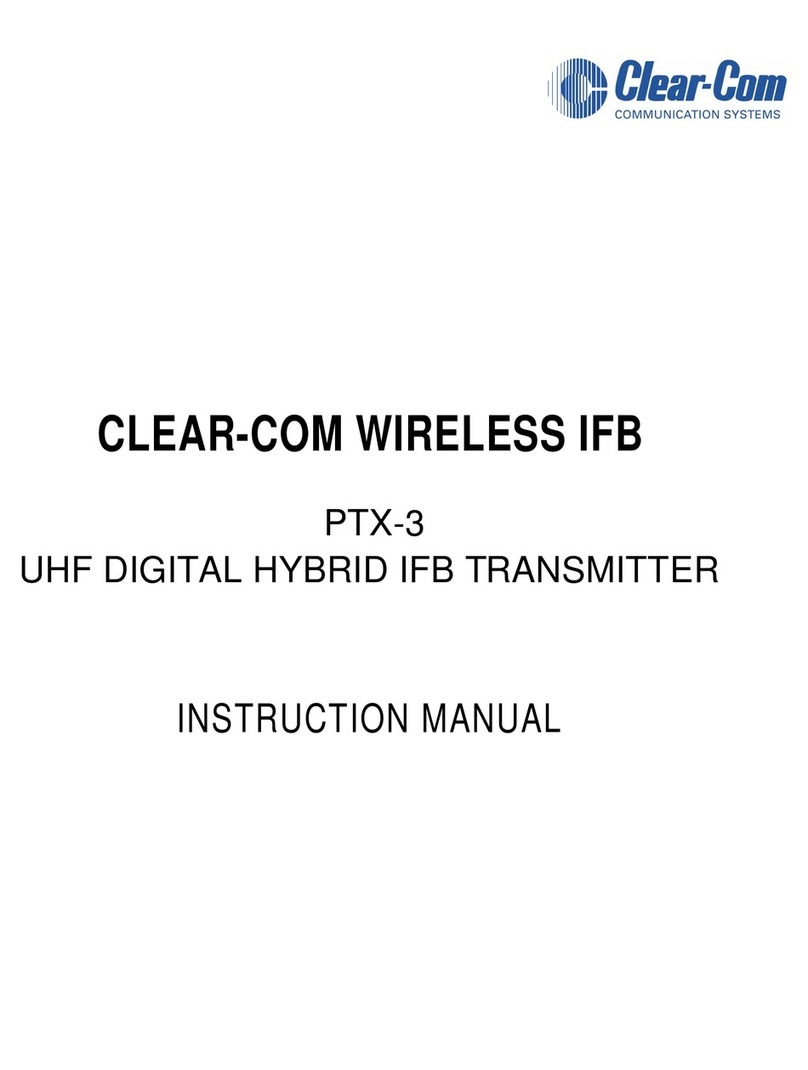
The CJC can be selected in 3 different ways: internally in the terminal, externally
by way of a Pt100 / Ni100 sensor, or externally with a constant temperature. If
internal compensation is selected, a terminal with a built-in temperature sensor
must be ordered separately (PR type no. 5910 and 5913). Sensor error detection
is available.
RTD input for Pt100...Pt1000 according to the norm IEC 751 and Ni100...
Ni1000 according to the norm DIN 43760. Automatic cable compensation at
a 3- or 4-wire connection. At a 2-wire connection the cable resistance can be
entered or measured by the configuration program and sent to the module which
then compensates by the entered cable resistance. Sensor error detection is
available.
Resistance input for resistance measurement with cable compensation as
described under the RTD input. Sensor error detection is available.
The mV input is programmable in the range -150...+150 mV.
Current / voltage input - jumper in position 2:
The current input is programmable in the range 0...100 mA, for instance 4...20
mA.
The voltage input is programmable in the range 0...250 VDC.
Output:
Standard loop 4...20 mA current output. The output signal is proportional and
linear to the value of the input signal. Special set-ups can be selected in the
configuration program, for instance a customised linearisation, a reversed output,
a limiter according to the selected output span, and selection of an output value
in case of a sensor error. Maximum load on the current output is 1375 Ω.
Sensor error detection:
The output can be set up at a RTD, thermocouple and linear resistance input
to go to max., to min., entered value, NAMUR NE43 Upscale or Downscale at
sensor error detection.
Configuration:
The transmitter is configured to the present task by way of a and PR electronics
A/S’ communications interface Loop Link. The transmitter can be configured with
or without a connected supply voltage as the communications interface supplies
the necessary voltage to the set-up. The communications interface is galvanically
isolated to protect the PC port. Communication is 2-way to allow the retrieval of
the transmitter set-up into the PC and to allow the transmission of the PC set-up
to the transmitter. For users who do not wish to do the set-up themselves, the
5131 can be delivered configured according to customer specifications: input
type, measurement range, sensor error detection, and output signal.
25
2-WIRE PROGRAMMABLE
TRANSMITTER 5131
• Input for RTD, TC, mV, linear resistance, mA, and V
• 3.75 kVAC galvanic isolation
• 4...20 mA loop output
• 1- and 2-channel versions
• ATEX Ex version
• DIN rail mounting
Application:
Electronic temperature measurement with resistance sensor or thermocouple
sensor. • Ex barrier for temperature sensors, potentiometers and current /
voltage signals. • Conversion of current signals from supplied transmitters to
2-wire 4...20 mA signals. • Amplification of mV signals. • Conversion of linear
resistance variation. • Galvanic isolation of analogue signals. • Measurement of
floating signals. • Linearisation of non-linear Ohm, mV, mA, or voltage signals.
• Separation of circuits in PELV/SELV installations.
Technical characteristics:
The unit is based on a microprocessor core with an efficient program operation.
The basic calibration data and present set-up are stored in an EEPROM thereby
avoiding the loss or change of data at power off. The 2-channel version has a full
galvanic isolation between the channels. By way of a jumper on the PCB the input
in the standard version can be programmed either for a temperature or a current /
voltage input. This means that one channel can work as for instance a temperature
transmitter and the other can work as an isolation amplifier. Measurement range,
signal parameters, and output span are configured to the present task by way of
a PC and PR electronics A/S’ communications interface Loop Link.
Input types:
Temperature input - jumper in position 1:
Thermocouple input (TC) for standard thermocouples type B, E, J, K, L, N, R,
S, T, U, W3, W5, LR according to the norms IEC 584, DIN 43710, ASTM E988-90
and GOST 3044-84.
24









